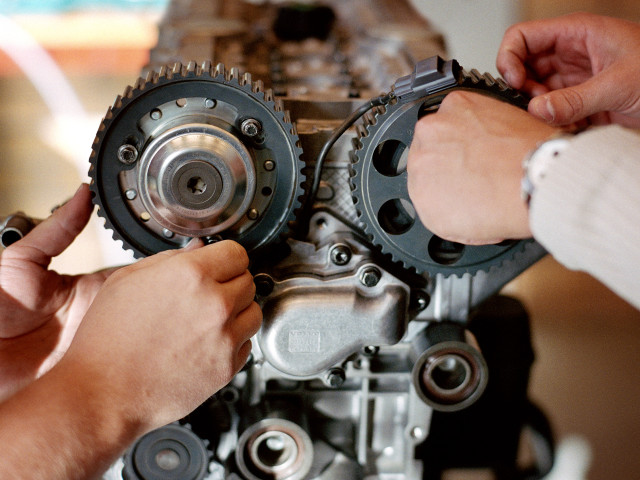One-dimensional cases at stationary conditions.
Differential equations for heat conduction in solid materials.
Solutions for different special cases. Fin efficiency for different fin designs
Two and three-dimensional cases at stationary conditions.
Laplace's equation. The form factor. Numerical solution methods and analogy methods.
Non-stationary cases. Solutions for flat surfaces and cylinders
Superposition of elementary cases. The ”Lumped heat capacity” method
Numerical solution methods.
Convection, radiation, boiling, condensation and heat exchangers
Velocity and temperature boundary layers.
Theoretical treatment of flow over a flat plate at laminar and turbulent flow.
Reynold's analogy between heat transfer and pressure drop.
Empirical relationships for heat transfer at induced flow
Laminar and turbulent flow in pipes and ducts. Flow around bodies
Velocity profiles and entrance regions Hydraulic diameter
Heat transfer at free convection, Grashof number, boundary layer equations in integral form with solutions for free convection at vertical plates
Empirical relationships for laminar and turbulent boundary layers at vertical and horizontal plates, cylinders and slots
Heat transfer at radiation
The "black body" concept. Emission and absorption numbers. Radiant efficiency, angular factor.
Heat transfer in falling films
Heat transfer at condensation
Nusselt's theory, condensation on and in horizontal pipes
Heat transfer at boiling
Various types of boiling, the boiling curve
Pool boiling, cooking in pipes and ducts
Heat exchangers
Different types, logarithmic mean temperature difference, temperature effectiveness, NTU
